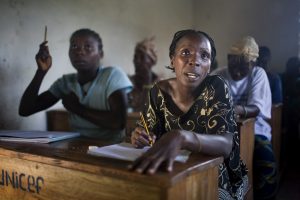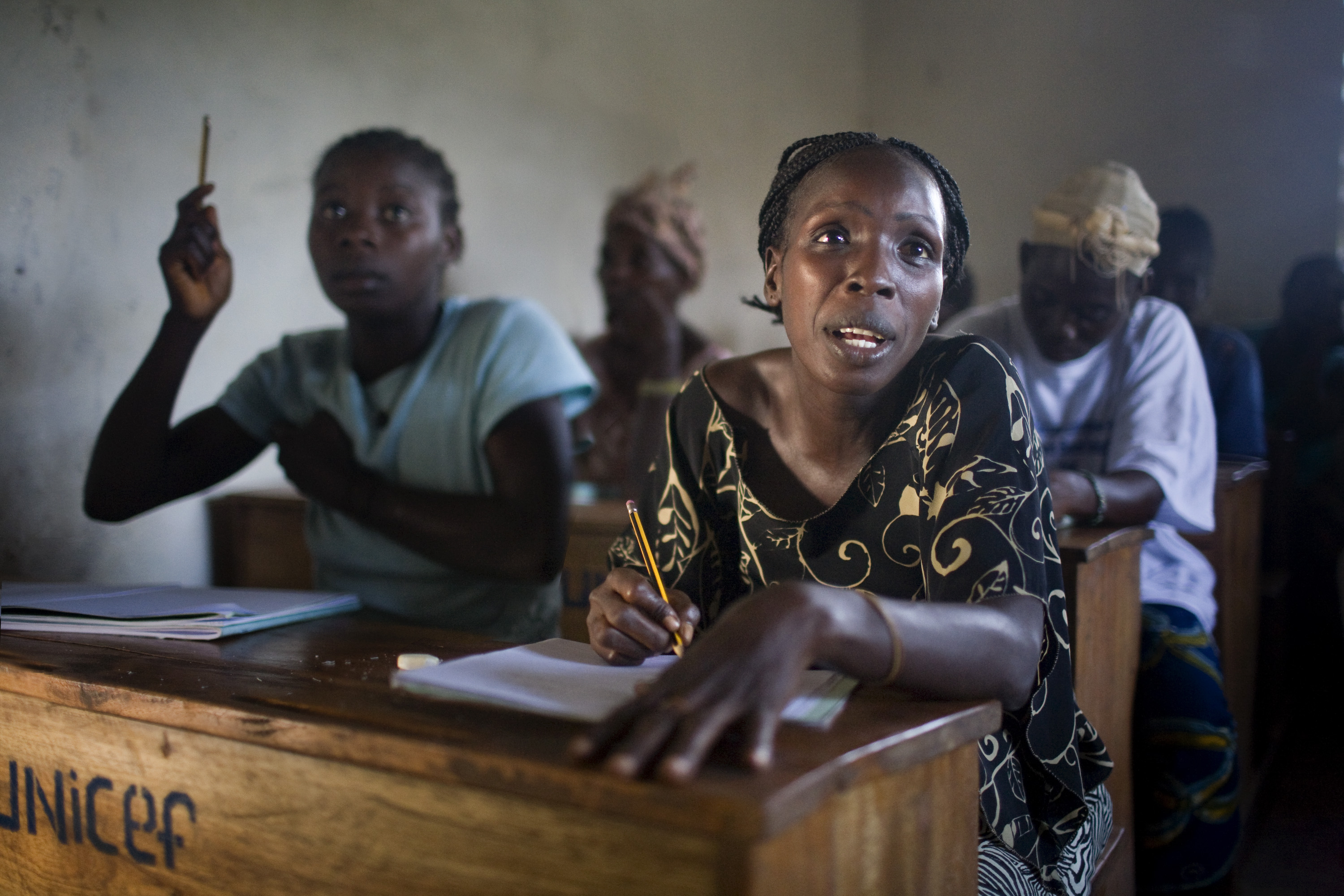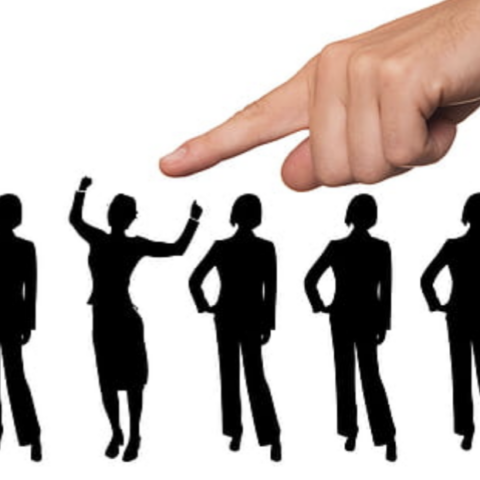By Rory Hibbler

In 2014, Hermione highlighted the discrepancies in gender equality and implications for global development in her speech to the United Nations calling on both men and women to stand up for feminism. Emma Watson, the Goodwill Ambassador to the United Nations, declared, “There is no one country in the world where all women can expect to see these [human] rights.”
Women are a source of pent-up potential lying in each and every country. Women make up half of the world’s population, yet only around a third of the labor force and researchers are women. Several blatant inequalities—in issue areas ranging from poverty and education to land ownership and political involvement—persist in both developed and developing countries. If more of the world’s population—particularly women—could read and write, become more involved in science and agriculture, and contribute to the global economy, the world could witness actual improvement across all aspects of development.
In an attempt to fast-track development in 2000, the United Nations kicked off a very sizeable project with the “world’s biggest promise”: the Millennium Development Goals (MDGs). The MDGs were supposed to be accomplished by 2015 with the objective of reducing impoverishment in developing countries. Only about half of the goals have been completed as we cross into the deadline, making it a failure in the eyes of many.
But was it a defeat? Secretary General Ban Ki-Moon does not believe so. He refers to this ambition as “the most successful global anti-poverty push in history.” The goals did create a clear path to a better world; however, critics condemn the project for being unaccountable, generic, and closed-door. Some goals lacked a quantifiable measurement (such as “achieve decent work for all”). The goals were developed by a group of elites in a UN boardroom, rather using input from civil society groups and many of the developing countries that the goals would impact directly.
The question remains: how could the United Nations have succeeded? The answer lies in efficiency. The MDG Fund covered much of the bill, allocating €528 million to ten different U.N. Agencies and 130 joint programs. While nobly conceived, this was not the most cost-effective process. Considering that every NGO has a contingency amount, overhead price, and perhaps some research and development or unit expenses to get started, each individual program ends up with its own additional price tag. It’s understandable that well-run programs must come at a cost, but individual expenses for over 100 programs have an effect analogous to a leech sucking on the system.
However, by focusing efforts on gender equality, at least two of the MDGs could have been fulfilled far more efficiently.
The first MDG goal stated is to “eradicate extreme poverty and hunger” by cutting in half the percentage of people living on less than $1.25 per day and those who suffer from hunger. The first portion was accomplished in 2010. Hunger, however, is still a lingering problem in most developing countries. How can women’s empowerment pull down this proportion? According to the World Food Summit, women in developing countries produce up to 80 percent of the food. The Summit’s study “Women Feed the World” claims there is a heavy burden on women to produce and prepare food forcing them to use “less labor-intensive- though less nutritious- crops.” The World Bank performed a cost-benefit analysis and discovered women’s education would give the most return for the investment as it would “result in higher productivity, reduced fertility, reduced child…mortality rates, and increased application of environmental protection measures.” Providing women with education on efficient and productive agricultural practices could significantly reduce the extreme hunger rate. Additionally the International Center for Research on Women urged that women need more land ownership—citing that in Cameroon women perform 75 percent of the labor yet only own 10 percent of the land. Providing women with education, tools, land, and opportunities could easily reduce the hunger statistic.
The seventh MDG deals with the environment. The targets include improving policy on environmental sustainability and improving the lives of 100 million people inhabiting slums by halving the number of people without access to safe drinking water and basic sanitation. The benchmark for access to drinking water was achieved by 2011, but sanitation is far behind, as 36 percent of the world does not yet have access to even basic sanitation. A higher presence of women in science could have a sizeable effect on environmental sustainability. The United Nations Education, Scientific, and Cultural Organization has tasked women with the role of conserving coral reefs, mangrove forests, and sea grass beds because of their role as “guardians of the environment.” They hold a unique knowledge of the indigenous practices and generally are the community’s “agent of change.” Reducing gender gaps could also reduce disaster risk. Preparing women for disaster relief through education and public awareness programs will not only empower women but also institute quicker, safer environmental catastrophe responses.
Women’s empowerment can also greatly influence access to sanitation. Because women are the primary providers of household sanitation, if their involvement in planning and setting up sanitation services is increased, the system will be six to seven times more effective. The head of the East Africa region for WaterAid asserts that “empowered women have also linked water, sanitation and hygiene-related activities with small-scale business, generating crucial household income.” This shows that water and sanitation are self-fulfilling in relation to gender equality, as empowerment leads to better access and better access leads to more household liberation.
As the 2015 deadline comes to a close, critics and supporters alike have been questioning the methods of one of the U.N.’s grandest projects. The U.N. is now looking towards a new set of goals through an online survey to determine the world’s top priorities. These will be called the Sustainable Development Goals (SDGs), and will guide the spending of $2.5 trillion in aid over the next 15 years. The MDGs may have had a positive impact overall, but the UNDP has spread resources far too thin, adding to an uneconomical bureaucracy.
Focusing on gender equality in the developing world is a more efficient way to look at MDGs and, this year, SDGs. It’s a more effective way to pursue the same intertwined objectives. Women farmers can be a powerful force in eradicating extreme hunger and poverty. New women government workers and engineers can promote environmental sustainability. Women constitute half of the population of this world. If they had the same rights, freedoms, and access as men, the poverty rate would be nowhere near where it rests today.


